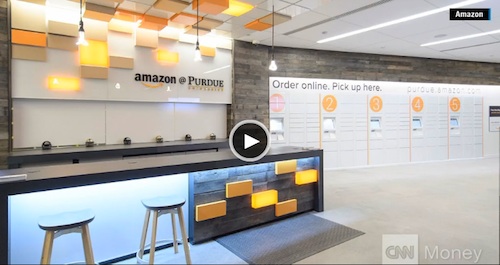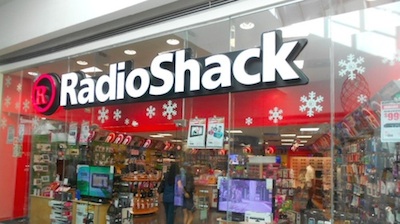Articles and News
Exclusive Video Interview: Brian Watkins On The Next Market Disruption | February 11, 2015 (0 comments)

Scottsdale, AZ—Jewelers who remember the launch of catalog showrooms in the 1970s and, later, the launch of TV shopping in the 1980s, are more familiar with market disruption than they ever wanted to be.
They’re also painfully aware that both catalog showrooms and TV shopping were child’s play compared to their 21st century sibling, the Internet.
But now the Internet is old news, and the question turns to the next disruption. What will that be?
Breathe easy, at least for now. Brian Watkins, president of Ritani, is an expert at market disruption—after all, his pedigree includes a stint at Blue Nile, the online jewelry outlet responsible for causing luxury jewelers many sleepless nights. He believes the next disruption isn’t going to be from something new so much as how well a retailer can integrate all shopping channels into one seamless experience for the consumer.
“Millennials don’t care that you’re 130 years old. What are you doing for me now?” he asks.
Don’t confuse technology with disruption, he says. RFID (radio frequency identification) is the next wave of technology coming to jewelers, but it’s more likely to be helpful—making inventory management and theft deterrence easier—than anything else.
But having a website—even a good one—is not enough to get up to speed with today’s digital retailing. Being online is Web 1.0, says Watkins, and successful retailers now must make the online/offline experience a seamless transaction.
“You have to sell the entire experience. Customers expect it and retailers have to deliver it,” says Watkins. “Nordstrom does it. They even have a whole division devoted to innovation.”
He says it is possible to create a more exclusive experience online. Again, he uses Nordstrom as an example. “The shoe department [in store] is pretty amazing, but when you go over into Salon Shoes, it feels different. The carpet is softer, there’s something that sets it apart. It is possible to recreate that online,” he says. He also cites eyeglass site Warby Parker and cosmetics site Birchbox as good examples of a seamless online/offline shopping experience.
“If Barnes & Noble had instituted in-city delivery—say, for $3.00 a book—Amazon wouldn’t exist. All they had to do was get an army of people on bikes to go deliver your book the same day in the same city. But they kept insisting ‘no, no, people want to come into the store and browse.’ Well, sometimes you do—but sometimes you just want to buy your book and be done.”
Now Amazon is treading on B&N’s turf—and other retailers may soon feel equally worried. The online behemoth is getting serious about brick-and-mortar with its first pilot shop at Purdue University in Indiana, having already tested the waters during the holidays with a pop-up shop in Manhattan that offered some limited same-day delivery. In Amazon@Purdue, like Blue Nile’s pilot shops in two Nordstrom stores, there’s no merchandise there, only touch screens where students can order today and pick it up tomorrow (for free, if they ship to the store).

This still image from CNN Money shows the Amazon store at Indiana's Purdue University.
But with Amazon also looking at a potential purchase of at least some stores from bankrupt Radio Shack, its reach could quickly extend to every mall in America.

Could this soon say "Amazon" in a mall near you?
Blue Nile, meanwhile, has announced plans for its first brick-and-mortar store. Location has yet to be announced but as the Nordstrom pilot project comes to a close, the e-tailer has obviously seen the merits of face-to-face interaction with its customers and is looking to begin in “a top U.S. mall,” according to executives.
Click here to watch The Centurion’s interview with Brian Watkins.







